Comment sont fabriqués les bijoux en or : 6 étapes
La façon dont les bijoux en or sont fabriqués est l'une des questions les plus fréquemment posées au quotidien et chaque semaine. Nous avons essayé de mettre en évidence deux choses dans ce blog : pourquoi nous portons de l'or et comment nous le créons. Nous espérons que ces étapes les plus importantes de ce processus pourront vous aider à comprendre un peu mieux comment les bijoux en or sont créés.
Pourquoi des bijoux en or ?
Voici quelques-unes des raisons pour lesquelles les bijoux en or sont si populaires :
- Durabilité : L'or est un métal très résistant qui ne ternit pas et ne se corrode pas facilement. C'est donc un choix idéal pour les bijoux destinés à durer de nombreuses années.
- Beauté : L'or a une couleur chaude et riche et un éclat naturel qui le rend très attrayant visuellement. Il peut également être allié à d'autres métaux pour créer différentes couleurs, comme l'or blanc et l'or rose.
- Polyvalence : L'or peut être facilement façonné et façonné dans une grande variété de modèles de bijoux. Il peut être utilisé dans des styles de bijoux traditionnels et modernes, et il peut être serti d'une large gamme de pierres précieuses et semi-précieuses.
- Valeur : L'or est considéré comme un métal précieux depuis des siècles et est encore aujourd'hui considéré comme un symbole de richesse et de statut. Il conserve bien sa valeur et constitue une bonne option d'investissement.
- Hypoallergénique : l'or est un métal hypoallergénique, ce qui signifie qu'il est moins susceptible de provoquer une réaction allergique sur la peau. C'est une excellente option pour ceux qui sont allergiques à d'autres métaux, comme le nickel.
- Importance culturelle : Les bijoux en or sont utilisés depuis des siècles pour marquer des événements et des étapes importantes de la vie, comme les fiançailles, les mariages et les naissances. Ils revêtent une signification et une importance particulières pour de nombreuses cultures à travers le monde.
Tous ces facteurs font de l’or un choix populaire pour la bijouterie et il reste l’un des métaux les plus traditionnels et les plus appréciés pour la fabrication de bijoux.

Comment créer des bijoux en or
- Extraction et raffinage : les bijoux en or sont créés grâce à un processus utilisé depuis des siècles. Le processus commence par l'extraction de l'or , qui peut être effectuée à l'aide de diverses méthodes telles que l'exploitation à ciel ouvert, l'exploitation souterraine et l'exploitation alluviale. Une fois l'or extrait, il est ensuite raffiné pour éliminer les impuretés et le rendre apte à la fabrication de bijoux.
- Conception : L'étape suivante du processus est la conception et la création du bijou. Cela peut être fait à la main ou à l'aide de la technologie de conception assistée par ordinateur (CAO). Le designer créera un dessin détaillé ou un modèle 3D de la pièce, qui sera utilisé pour créer un modèle en cire.
- Coulée : Le modèle en cire est ensuite utilisé pour créer un moule, qui servira à couler la pièce finale en or.
- Nettoyage et polissage : Une fois la pièce coulée, elle est ensuite nettoyée et polie pour éliminer toutes les impuretés restantes et lui donner une finition lisse. L'or est ensuite allié à d'autres métaux pour créer différents carats d'or tels que 10 carats, 14 carats, 18 carats et 24 carats. Plus le carat est élevé, plus l'or est pur.
- Sertissage des pierres (le cas échéant) : Une fois la pièce nettoyée, polie et alliée, les pierres sont mises en place. Cela se fait en coupant et en polissant les pierres à la forme et à la taille appropriées, puis en les sertissant dans l'or à l'aide de diverses techniques telles que le sertissage à griffes, le sertissage à chaton et le sertissage en pavé.
- Contrôle de qualité : Enfin, la pièce est inspectée pour en vérifier la qualité , puis emballée pour la vente. Cette dernière étape est importante car elle garantit que la pièce répond aux normes de qualité et de durabilité et qu'elle restera une pièce précieuse pendant de nombreuses années à venir.
Pureté de l'or : qu'est-ce que l'or 24 carats ?
L'or 24 carats est de l'or pur à 100 %. La différence entre l'or 10 carats, 14 carats et 18 carats réside dans leur teneur en or ou leur pureté. L'or 10 carats est composé de 41,7 % d'or et de 58,3 % d'autres métaux, tels que le cuivre, le zinc et l'argent. L'or 18 carats est composé de 75 % d'or et de 25 % d'alliages. Astuce : prenez la valeur en carats et divisez-la par 24 pour connaître la quantité d'or contenue dans un bijou donné. En résumé, l'or 10 carats est le moins pur et le plus durable, tandis que l'or 18 carats est le plus pur et le moins durable. L'or 14 carats est un bon équilibre entre pureté et durabilité.

En conclusion, le processus de création de bijoux en or est un processus en plusieurs étapes qui comprend l'extraction, le raffinage, la conception, le moulage, le nettoyage, le polissage, l'alliage, le sertissage des pierres et l'inspection. Chaque étape est cruciale pour la qualité globale de la pièce finale et nécessite les compétences d'artisans expérimentés. Le résultat final est un magnifique bijou durable qui sera chéri pendant des années. Pour découvrir certaines de nos collections en or, cliquez ici .




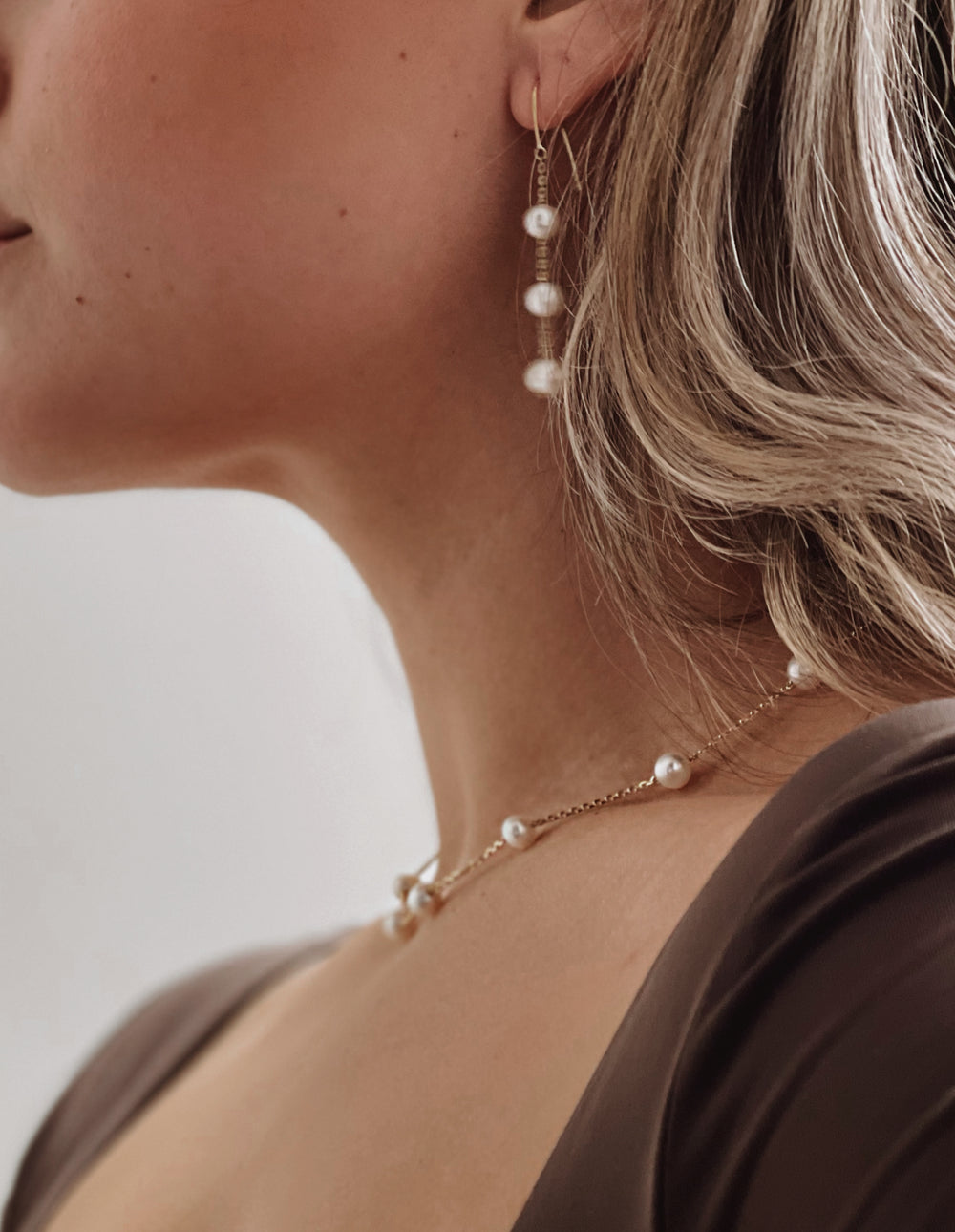
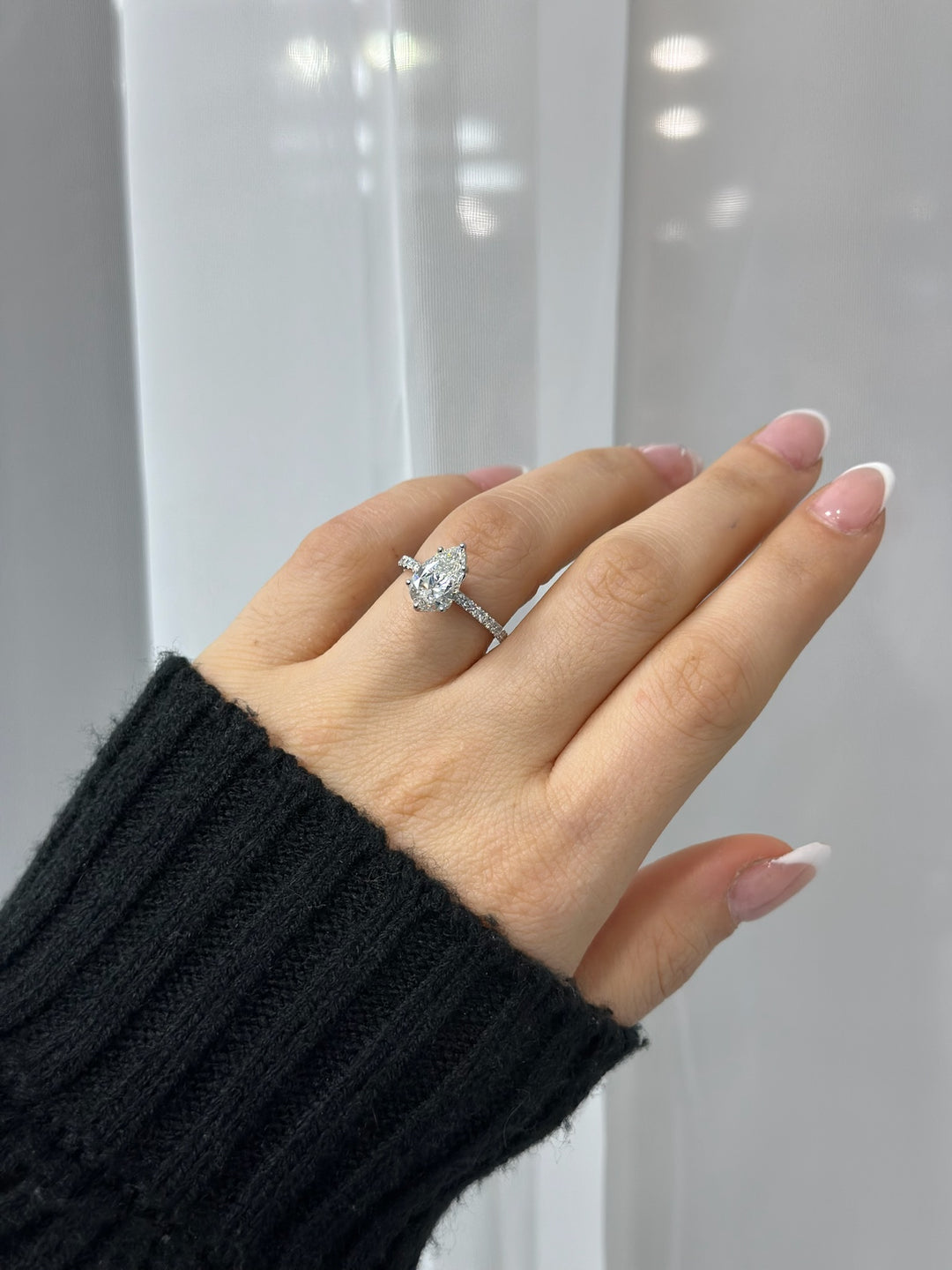
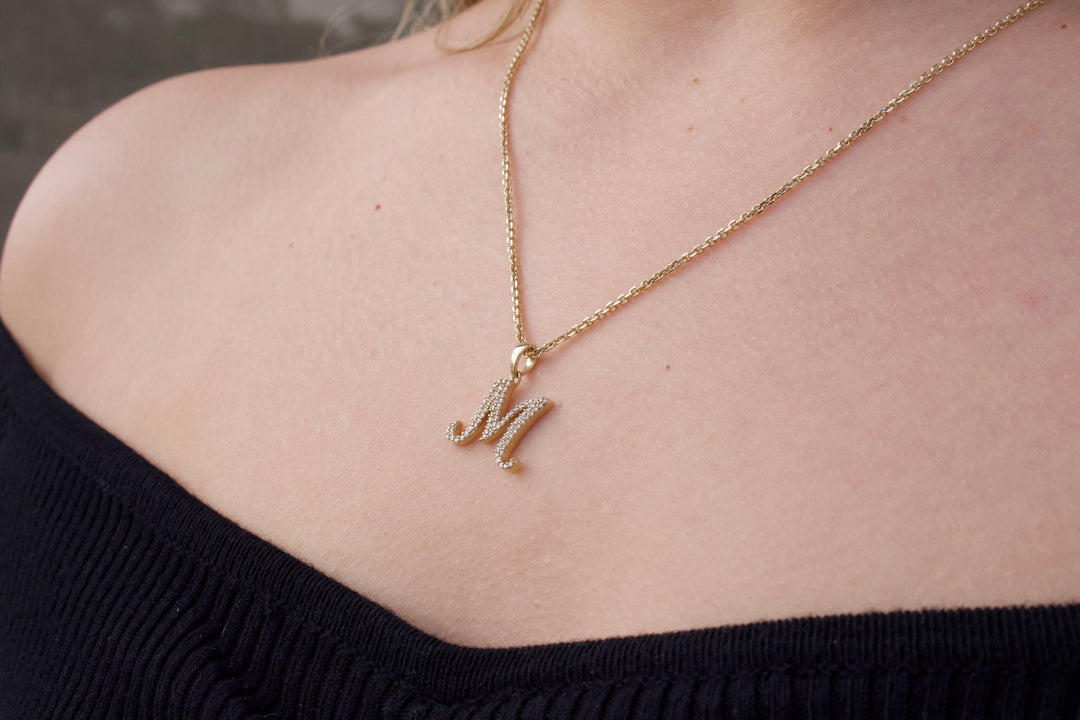
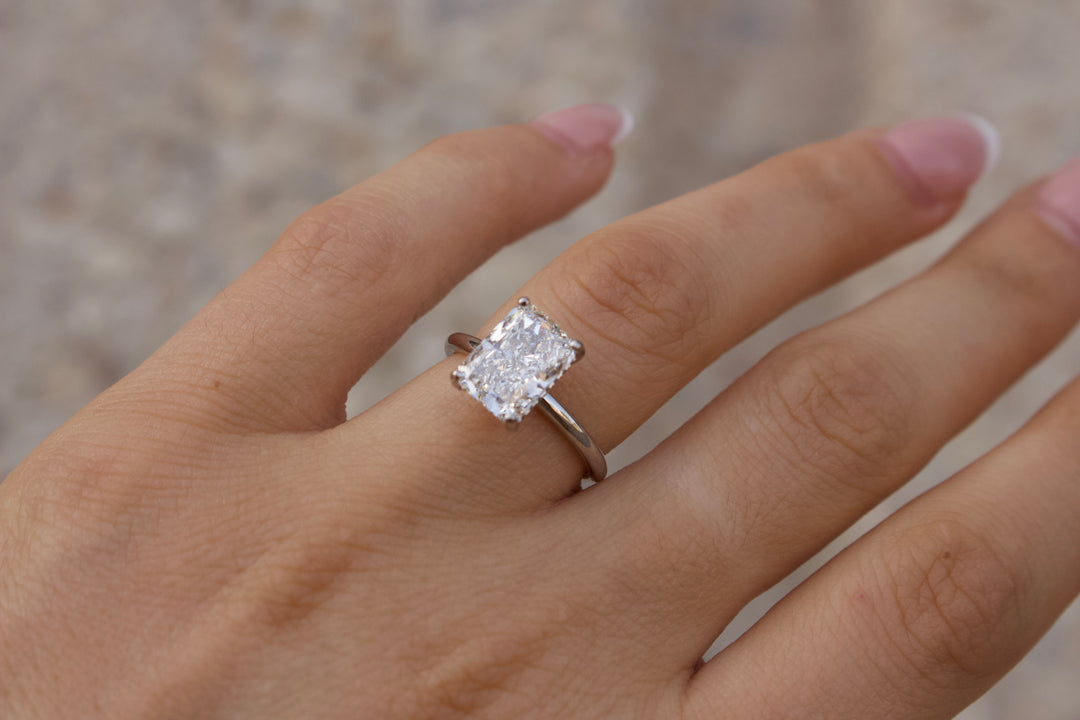
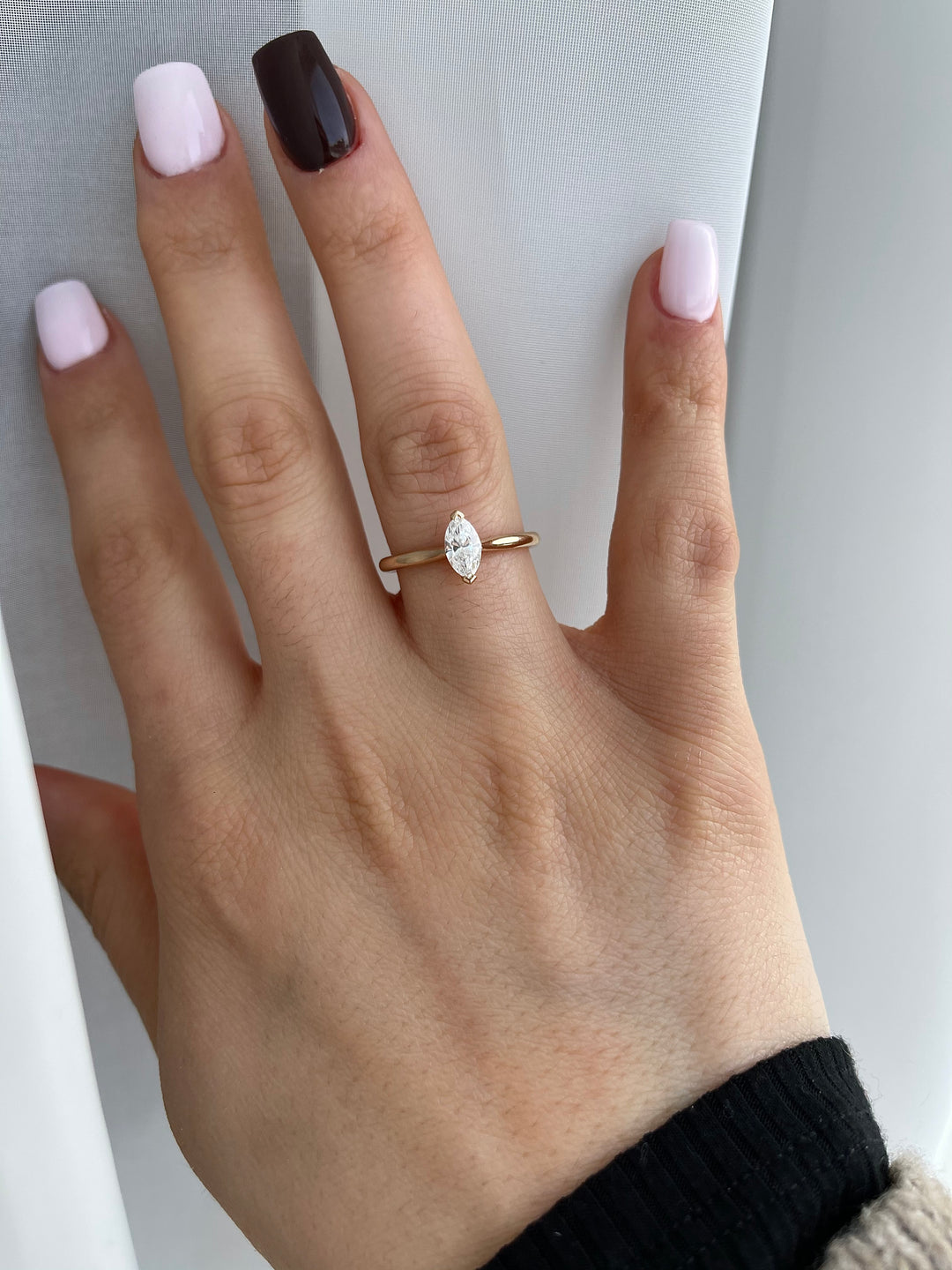
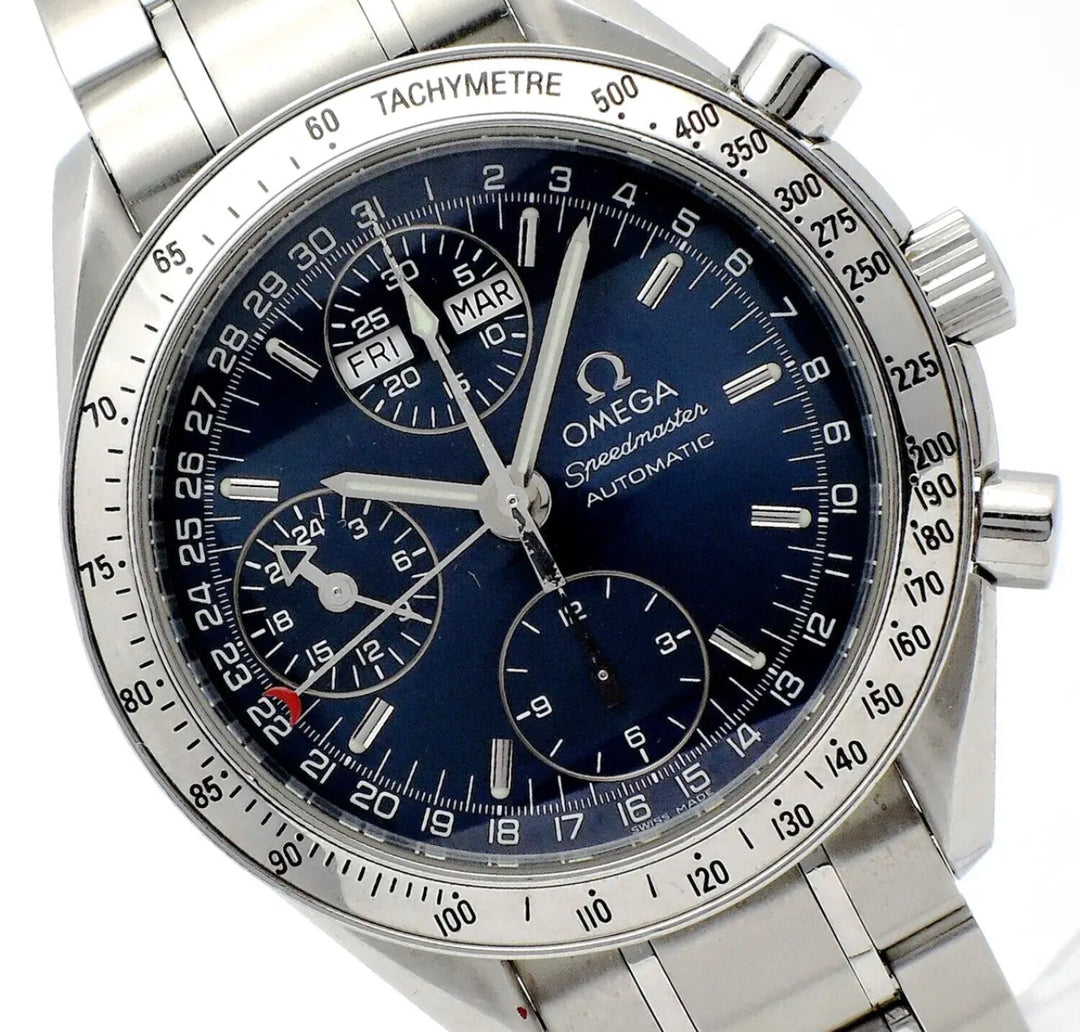
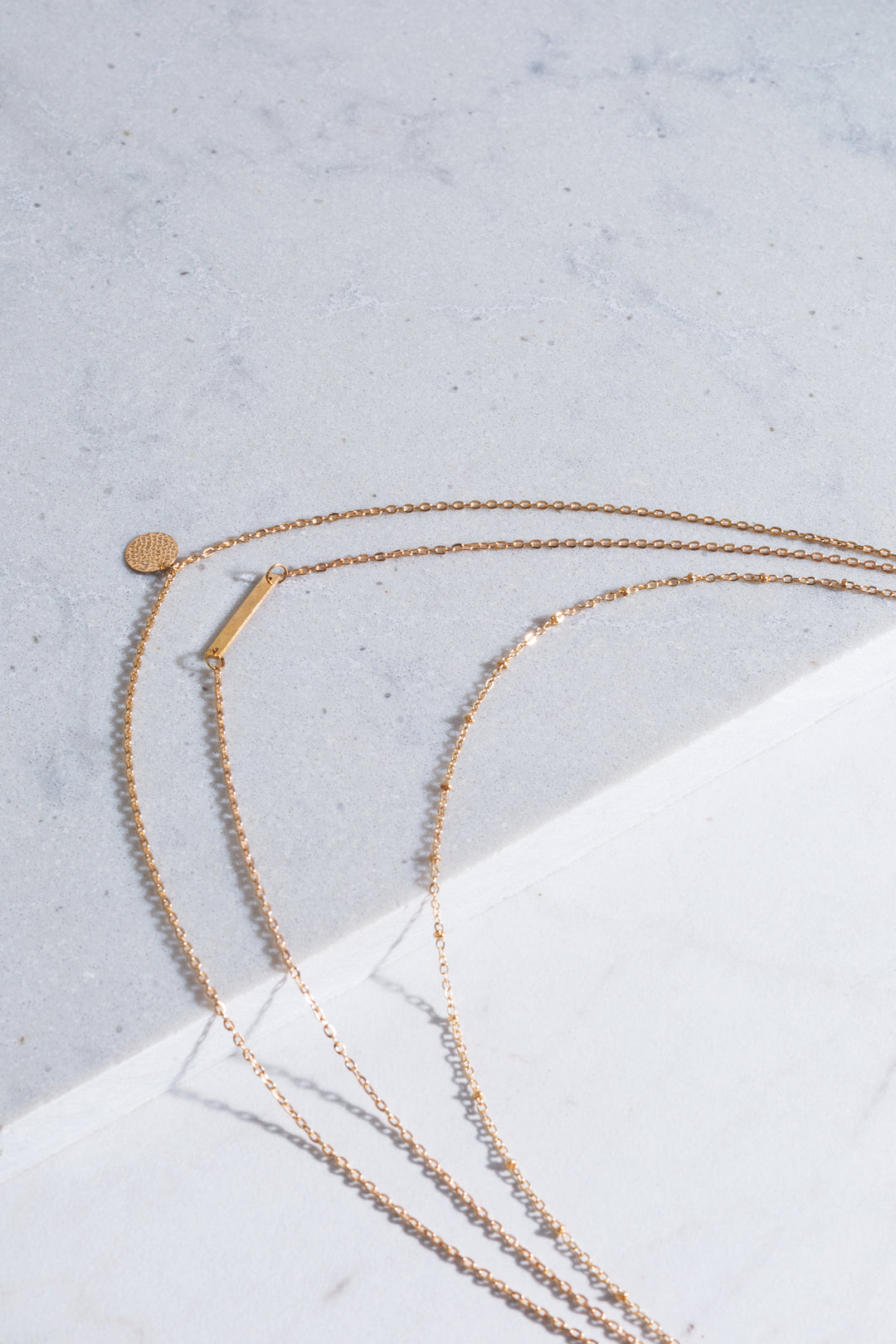
Laissez un commentaire